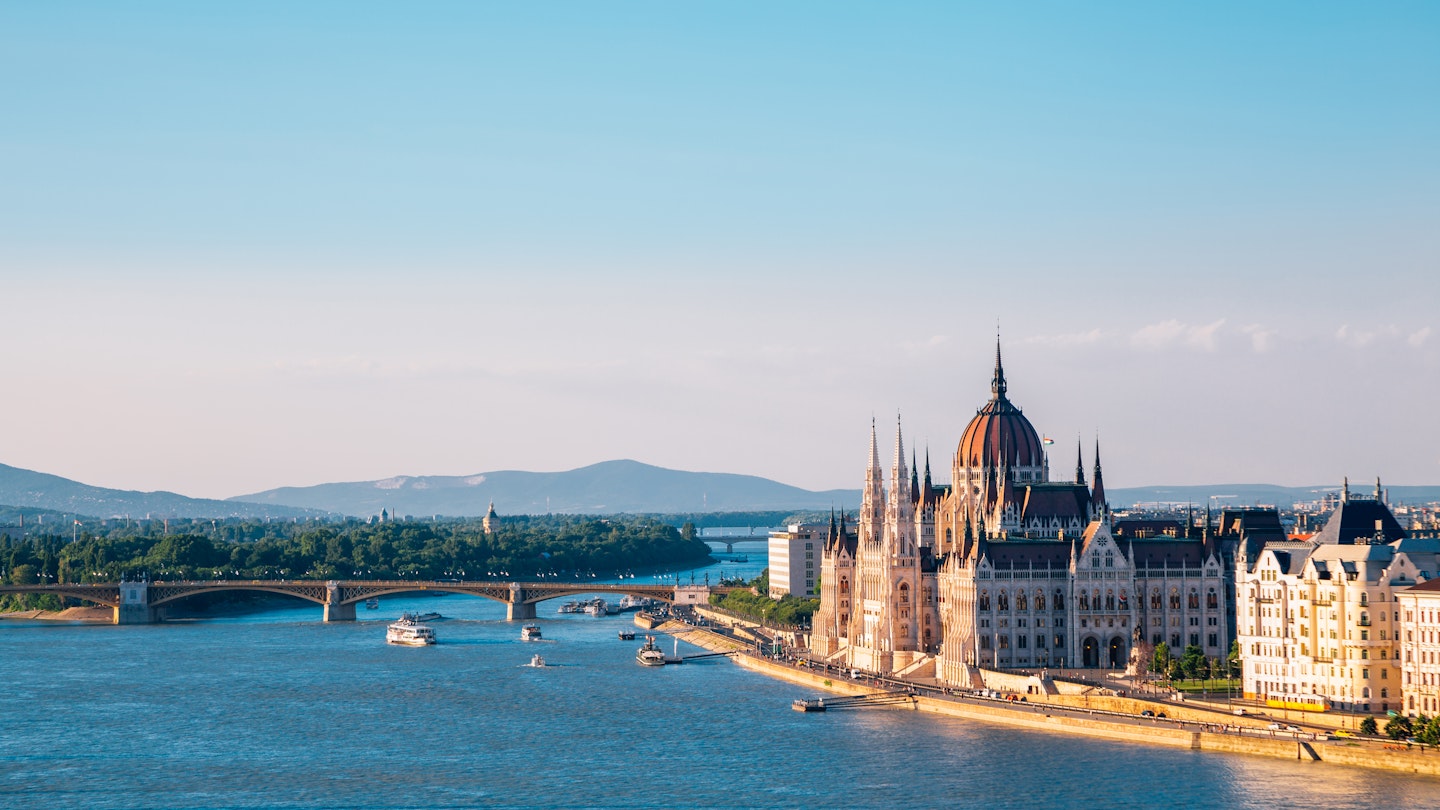Cruising down a quiet, traffic-free river surrounded by scenic views is an ideal way to experience Europe. Imagine sipping wine while watching picturesque scenery pass by; you’ll take in castles, medieval villages, and fields of flowers.
European riverboats are typically smaller, often accommodating fewer than 200 passengers. This ensures a more social and intimate atmosphere. Furthermore, with more frequent stops, travelers can enjoy a wealth of onshore activities. Today’s cruise lines offer immersive experiences, with options ranging from cooking classes to guided bicycle trips.
Choosing the right destination can be challenging; that’s why we’ve compiled a list of the 10 best places to go on a European river cruise.

1. Northern Rhine (Germany)
From Gorgeous River Meanders to Noble German Cities
The northern section of the Rhine features dramatic landscapes and charming towns. Cologne, Germany’s fourth-largest city, offers numerous attractions, including its iconic cathedral. In Koblenz, located at the confluence of the Rhine and Moselle Rivers, visitors can enjoy lush parks and floral displays. Southward, the Rhine meanders past hillside castles and vineyards, where idyllic villages with half-timbered houses create a fairy-tale atmosphere.
2. Southern Rhine (France, Germany & Switzerland)
Explore Intriguing Towns in this Borderland
The Southern Rhine marks the border between Germany and France before becoming Switzerland’s northern frontier. Strasbourg is an ideal introduction to Alsace, combining a medieval past with modern vibrancy. Further south, the Black Forest meets Alsace in Breisach, where local passion for wine is evident. Basel, at the meeting point of three countries, showcases Switzerland’s distinctive cultural roots.
3. Rhône (France)
Indulge in Gourmet Experiences Cruising the South of France
Lyon, positioned at the confluence of the Rhône and Saône Rivers, is celebrated as France’s culinary capital. As the Rhône flows downstream, it offers views of Roman ruins and the scenic vineyards of Côte du Rhône. The town of Avignon, known for its ecclesiastical architecture, served as the center of the Roman Catholic world during the 14th century.

4. Western Danube (Austria & Germany)
Romantic Landscapes in the Heart of Europe
Vienna, known for its baroque architecture, is renowned for its rich cultural scene. As the Danube gently flows into Germany, it reaches the Italianate city of Passau. Further along, Regensburg stands out as one of Germany’s most charming cities, while Nuremberg pulsates with energy, steeped in history from the Holy Roman Empire to the trials of the Nazi era.
5. Eastern Danube (Hungary & Serbia)
Travel a Cross-Section of Europe’s Less-Touristed East
Budapest and Belgrade are two remarkable cities along this stretch of the Danube. Budapest offers a mix of dramatic history, intricate architecture, and rejuvenating thermal waters. In contrast, Belgrade, known as the “White City,” features an exuberant atmosphere and eclectic architecture, blending its vibrant future with traces of its past.

6. Douro (Portugal)
See Spectacular Terraced Vineyards, the Home of Port Wine
The Douro region, famous for port wine, features striking terraced vineyards and charming estates. Porto captivates visitors with its medieval heart, delightful cuisine, and vibrant culture. The subtle charms of Porto mirror the complex flavors of its renowned tawny port.
7. Elbe (Czech Republic & Germany)
A Little-Cruised but Picturesque Stretch of Central Europe
Elbe cruises offer a gateway to the beautiful landscapes of the Czech Republic and eastern Germany. Although not located directly on the Elbe, Prague’s winding streets and hidden courtyards make it an irresistible destination. The timeless view of Dresden from the river showcases its stunning architecture that defies its wartime history.

8. Seine (France)
Cruise Out of Paris Through Northern France
Paris is famous for its iconic architecture, unforgettable cuisine, and fashionable boutiques. Dining is a delightful part of your Parisian experience. Rouen, with its historic district and Gothic cathedral, invites exploration before reaching the modern charm of Le Havre.
9. Main (Germany)
A Seductive German River Connecting to the Rhine and Danube
Originating in Franconia, the Main is the longest river that flows entirely within Germany. The route from Bamberg to Mainz offers stunning scenery and historic towns. Frankfurt showcases modern skyscrapers, while the charming old town beckons visitors. Würzburg is renowned for its artistic legacy and superb wines, whereas Bamberg’s Altstadt is a UNESCO World Heritage site.

10. Moselle (Germany)
An Intimate Stretch of the Wine-Producing German Region
Flowing through Luxembourg and France before reaching Germany, the Moselle leads to the Rhine at Koblenz. This picturesque river, lined with vineyards, allows for leisurely exploration. With nine UNESCO World Heritage sites, Trier boasts a remarkable collection of Roman monuments alongside a lively medieval core.
How to Choose a Route for a European River Cruise?
Major rivers for cruising in Europe include the Rhine and the Danube, with itineraries often running from Amsterdam to Basel along the Rhine, and from southern Germany along the Danube to the Black Sea. While many first-timers opt for these popular routes, alternatives exist, such as exploring the scenic Italian countryside via the Rhône and Seine.
Different routes may be offered by various cruise lines, catering to both quick highlights or more immersive experiences. It’s essential to weigh whether you prefer to see more places briefly or delve deeper into a few destinations.
When is the Best Time to Go on a European River Cruise?
Cruises typically commence in the spring, around March, and extend until October, with some running through December to coincide with holiday markets. However, be mindful of potential inclement weather. Winter cruises often revolve around holiday festivities, although shorter days limit scenic views, while maintaining the enchanting charm of the season.
Your preferred season for travel greatly influences your experience; summer offers the most vibrant scenery and optimal weather, albeit with crowded towns. In contrast, spring and autumn allow for quieter visits, with spring bringing blooming flowers and autumn providing a delightful selection of harvest season experiences.





